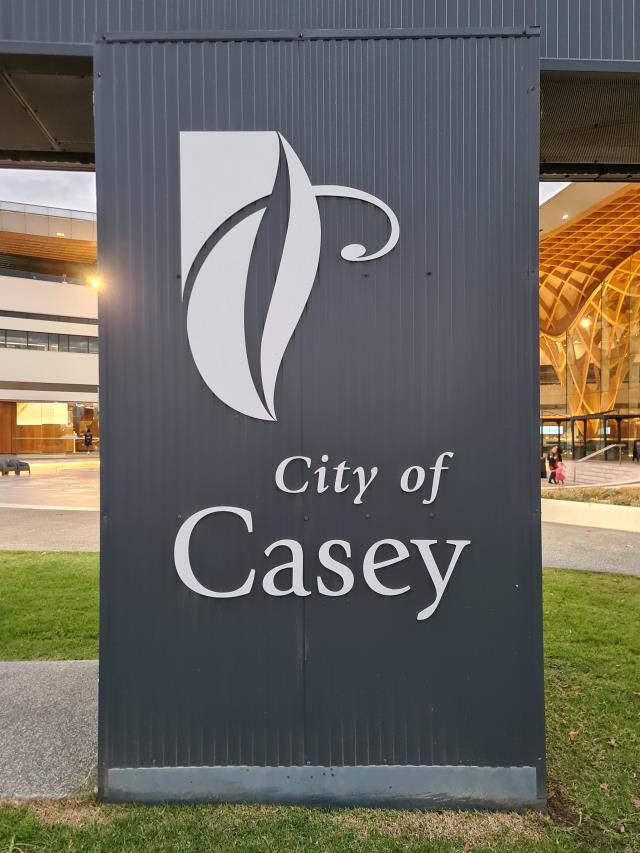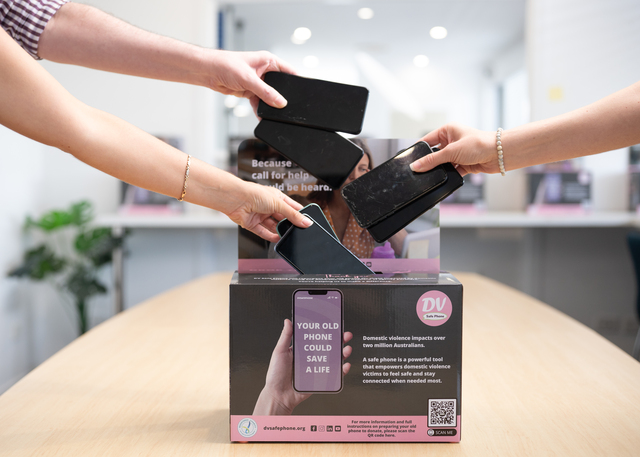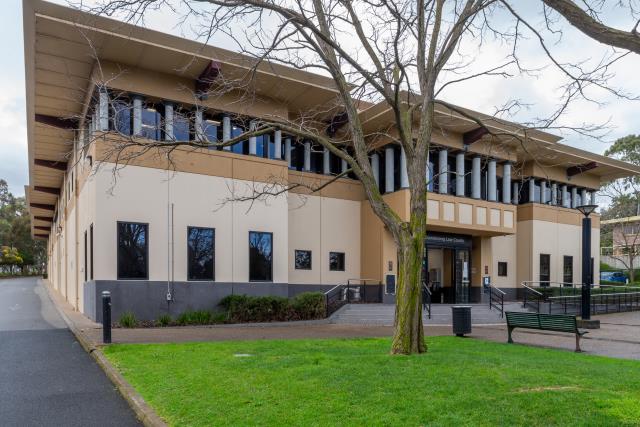Casey Council is supporting a ban on dark roofs on new homes on small lots to alleviate the urban heat island effect and promote energy efficiency, while Cardinia will be largely uninfluenced by the change.
The Victoria Planning Authority (VPA) has updated the State’s Small Lot Housing Code where a new set of standards would be introduced specifically for dwellings on significantly smaller lots between 75 and 150 square metres.
These new standards aim to deliver improved environmentally sustainable designs and one of them would mandate that “roofs must be finished with a colour or material with a Light Reflective Value (LRV) greater than 50“.
LRV measures the amount of light a colour reflects on a scale that ranges from zero to 100 percent. Absolute black is at the bottom end of the scale, absorbing all light and heat, while pure white is at the opposite end. A colour with a LVR greater than 50 is lighter and will reflect more light than it absorbs.
Dr Timothy R O’Leary, a lecturer in construction economics and sustainable building engineering at the University of Melbourne, said the planning authority was concerned that lots of dark roofs in close proximity on small lots in housing estates made a hotter heat island with the combined effects of all the dark pavements and roads.
“In hot weather, the heat of the sun shining on house roofs contributes to what is known as heat island. Basically, the hotter a roof gets, the more heat is being radiated to the surroundings. The increased absorption of solar energy in high-mass, often dark-coloured roofing materials can contribute to elevated local temperatures,” he said.
“Particularly in hot summers, this can impact thermal comfort, increase energy consumption, and drive peak energy demand.
“Lighter-coloured roofs reflect more of the sun’s energy away and so do not get as hot and so contribute less to the heat island effect.”
He said the targeted ban of roofs on smaller lots was the concern that houses were packed in together so the area of roof per area of ground was much denser, and in hot weather would exacerbate the issue of any heat island effect.
“In larger lots, the houses are not so squashed together, and the total roof area is not as dense per area of ground.
“In hot weather heat from the sun can be dispersed more readily onto cooler outdoor surfaces like lawns, plants, vegetation, lowering any heat island effect.”
The updated housing code would be applied to the Planning Schemes of Ballarat, Baw Baw, Cardinia, Casey, Greater Geelong, Hume, Latrobe, Melton, Mitchell, Whittlesea, and Wyndham.
Google aerial images have shown a great number of dark or near-dark roofs in the City of Casey.
Casey ranked second highest for the urban heat island effect out of 27 government areas in Melbourne, according to a Victorian Council of Social Services research in February this year.
City of Casey manager growth and investment Kathryn Seirlis said the Council had been engaged by the Victorian Planning Authority’s consultation process for the proposed amendments to the Small Lot Housing Code.
“Casey is supportive of the amendments proposed, as these changes will provide clarity on requirements detailed in the Small Lot Housing Code, whilst providing an opportunity for greater housing diversity,” she said.
“Mandating lighter roof colours for Type C designs is a positive initiative in responding to localised climate issues and energy efficiency.“
Cardinia Shire Council’s Manager Planning and Design, Jason Gilbert explained that on new houses in Pakenham East it will apply at this stage.
“The Victorian Planning Authority is completing a review of the Victorian Small Lot Housing Code (SLHC), which is with the Minister for approval,“ Gilbert said.
“The SLHC includes a roof reflectivity requirement which only applies to dwellings built on lots less than 300 square metres (sqm) in certain areas.
“This new requirement will only apply in Cardinia Shire to new buildings on lots under 300sqm in Pakenham East, however owners could apply for a planning permit to request an exemption.
“Council currently has the Environmentally Sustainable Development Local Planning Policy on exhibition, which includes a range of strategies to achieve best practice in environmentally sustainable development.“
Melton and Hume Councils are also supporting the new standard and suggesting it should be extended to homes on larger lots.
However, Dr O’Leary pointed out that dark roofs could benefit a house’s thermal performance in winter.
“A house’s thermal performance and level of thermal comfort, which is the amount of energy a normal occupant needs to use both heating and cooling the house to live comfortably, is a function of the weather and typical annual weather,” he said.
“In cold weather, we need to heat our home to be comfortable, and in Victoria, the days we spend heating our houses is typically significantly more days than we spend cooling our houses, despite global warming which has led to more hotter days.
“Dark roofs with their greater ability to absorb heat from the sun can assist in lowering the amount of additional energy needed to keep warm in winter.
“If you ban dark roofs, you are going to miss out on this advantage of darker roofs over the lighter colour roofs for winter heating.”
Henley Properties Group stood against the new standard and submitted during the consultation stage that the roof colour control was most often contained in design guidelines, where a building design was assessed by a design panel.
The Housing Industry Association also argued that “it was not appropriate for a planning instrument to specify building products”.
VPA submitted the final amendment to the Minister for Planning in February and is awaiting the outcome.
Its spokesperson said it would not be making any further comment until the Minister’s decision on the amended Code.
The Small Lot Housing Code applies to houses on lots less than 300 square metres. A planning permit is not required if the development complies with the code. A developer or a house builder could opt to use the existing planning permit process if the standards in the code are not met.







